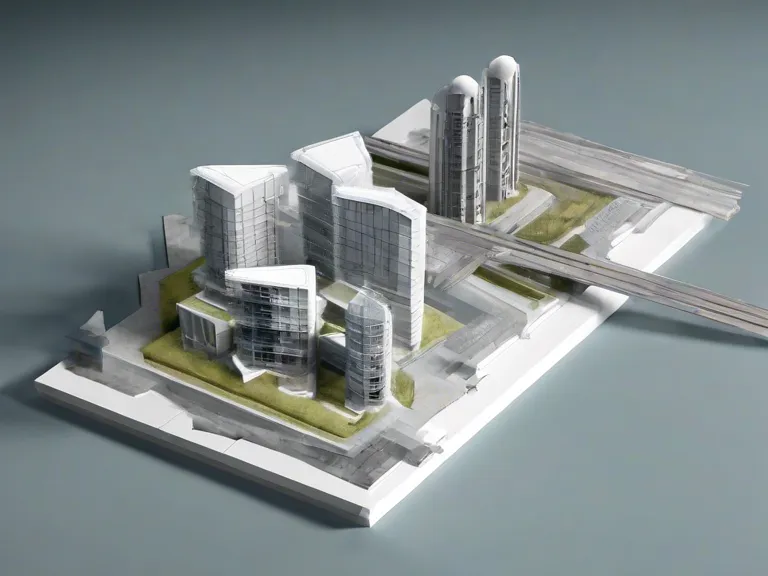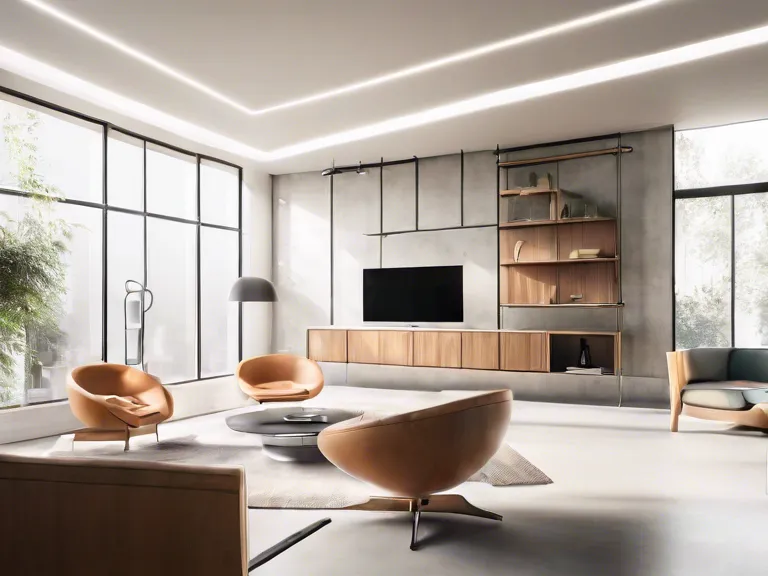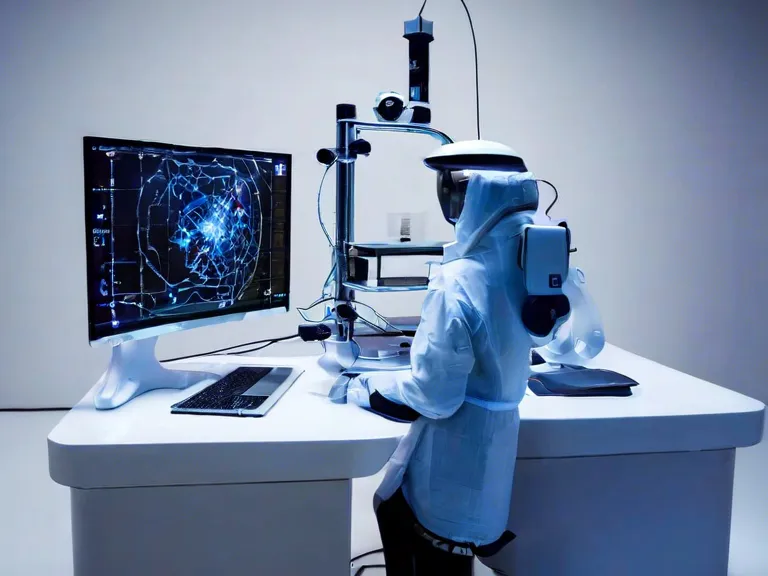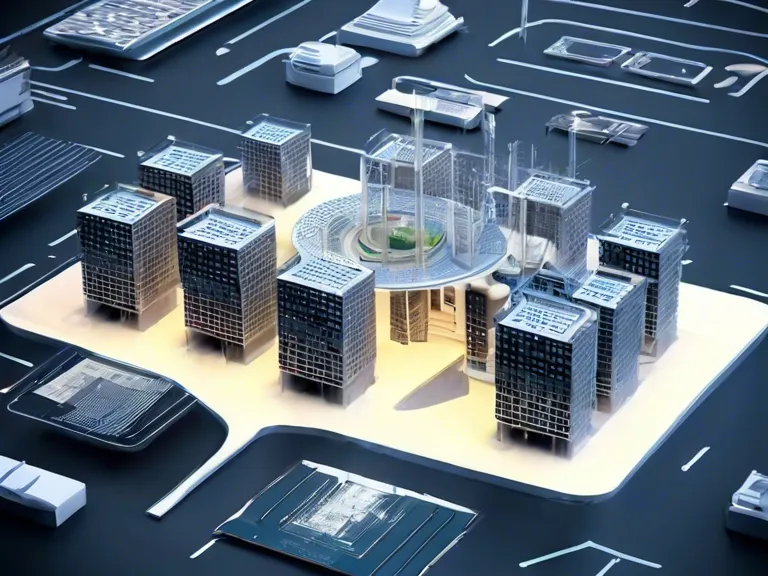
Architectural Gadgets: Cutting-Edge Tools Enhancing Design and Construction
In the digital age, technology plays a crucial role in transforming the way architecture is designed and constructed. From virtual reality simulations to 3D printing, architects and builders are embracing new gadgets that enhance their creative processes and improve efficiency. These cutting-edge tools are revolutionizing the industry and shaping the future of architecture.
One of the most significant architectural gadgets making waves in the industry is Building Information Modeling (BIM) software. BIM allows architects and designers to create detailed 3D models of buildings, enabling them to visualize the structure in its entirety before construction even begins. This technology streamlines the design process, improves collaboration among team members, and helps identify and resolve potential issues early on.
Virtual reality (VR) and augmented reality (AR) are also transforming the architectural landscape. These immersive technologies allow architects to walk through a building design in a virtual environment, giving them a realistic sense of scale, proportion, and spatial relationships. VR and AR are powerful tools for presenting designs to clients and stakeholders, allowing them to experience the proposed space as if they were actually there.
Robotics and drones are revolutionizing construction sites by increasing efficiency and safety. Drones are used to survey and map construction sites, monitor progress, and identify potential safety hazards. Robots are being used to perform repetitive tasks like bricklaying and welding, freeing up human workers for more complex and creative jobs. These technologies are not only speeding up construction timelines but also improving worker safety on-site.
3D printing is another cutting-edge tool that is revolutionizing architecture. Architects can now 3D print scale models, prototypes, and even entire building components. This technology allows for rapid prototyping and experimentation, enabling architects to push the boundaries of design and construction.
As technology continues to advance, architects and builders will have even more innovative tools at their disposal to enhance their projects. These architectural gadgets are not only changing the way buildings are designed and constructed but also shaping the future of architecture as a whole.



